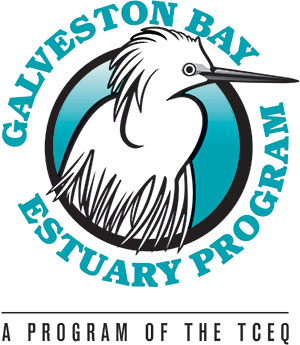Commercial leaseholders can harvest oysters year-round, but the open-to-everyone season runs Nov. 1 through April 30. So, here’s the lowdown on Galveston Bay oysters.

Source: Texas Parks & Wildlife Department © 2004, Earl Nottingham
The man who wrote the book on oysters says Galveston Bay oysters are at their peak Christmas to Easter. Robb Walsh is the food editor at Houstonia Magazine and author of the book Sex, Death and Oysters: A Half-Shell Lover’s World Tour. He says Gulf oysters are at their biggest and sweetest from January to March. During that time, they are easily the best-tasting oysters in North America.

Source: U.S Environmental Protection Agency, Gulf of Mexico Program Office
One Bay, many flavors: Each part of Galveston Bay grows a different-tasting oyster. East Galveston Bay oyster reefs produce saltier oysters. Oysters harvested farther to the west, away from the Gulf’s saltwater inflow, taste less briny and tend to be fatter and sweeter than East Bay oysters. Central Galveston Bay oysters are, naturally, somewhere in the middle. It’s the different mixes of salt water and fresh water that give each area’s oysters their flavor.

Source: Galveston Bay Foundation © 2013
Even people who hate eating oysters have reason to love them. A single oyster can filter up to 50 gallons of water per day. A healthy Galveston Bay oyster population filters lots of water, improving the overall quality. And those reefs the oysters attach themselves to when growing? They provide great habitat for bottom-dwelling fish and invertebrates that attract larger game fish. Reefs also stabilize the Bay bottom and break wave energy, preventing shoreline erosion and providing protection from storm surges.
Galveston Bay oysters are making a comeback after taking a big hit from Hurricane Ike in 2008.

Source: Tommy’s Restaurant Oyster Bar
Most of the oysters harvested in Texas are from Galveston Bay. And most of the oysters being eaten on the East Coast and West Coast are from Texas. Walsh says Texas ships out three-quarters of its oyster crop to the right and left coasts. So next time you order Blue Point or Chincoteague oysters at one of those fancy New York restaurants, you may be eating Texas mollusks.

Source: Galveston Bay Foundation © 2013
Oysters grow best on other oyster shells. Galveston Bay Foundation’s Oyster Shell Recycling Program collects empty shells from restaurants, cures them for six months in the sun to kill bacteria, and then puts them back into the Bay. So far, the program has delivered 125 tons back into Galveston Bay.
















